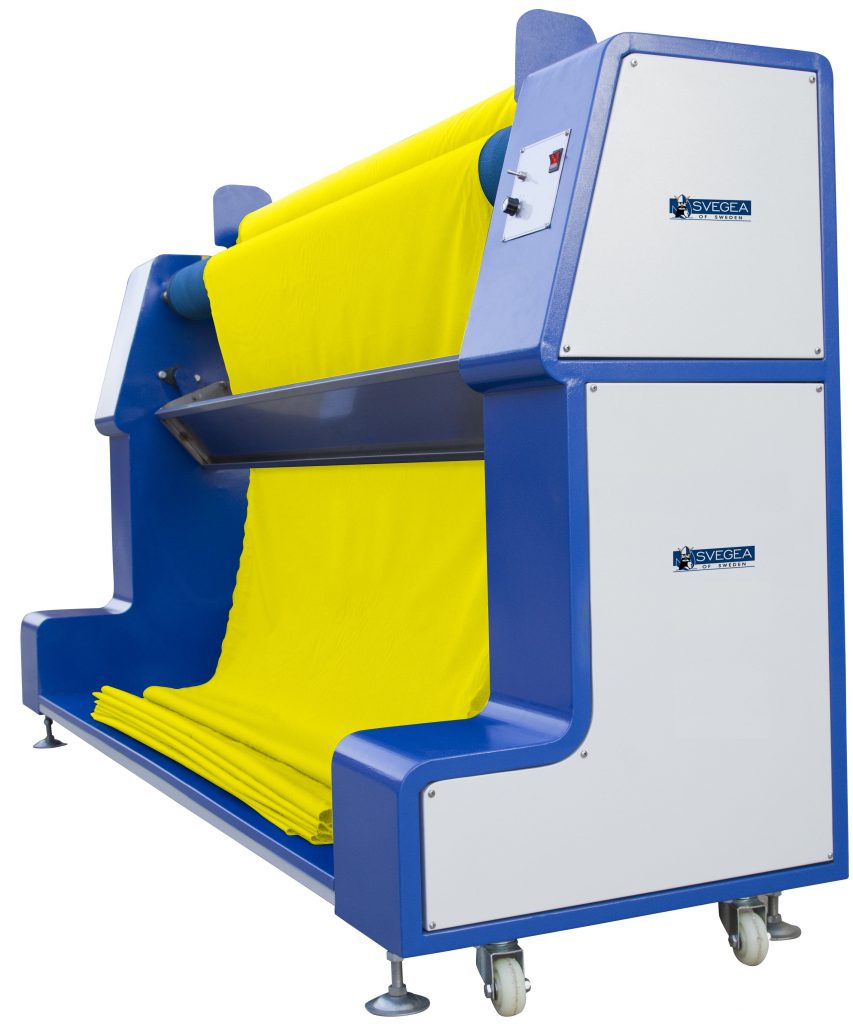Fabric shrinkage is one of the most overlooked challenges in garment manufacturing. It can lead to misaligned patterns, wasted material, and inconsistent sizing. If you want to prevent fabric shrinkage before cutting, you need to understand what causes it and how to control it.
Let’s explore practical ways to reduce shrinkage and improve cutting accuracy — without adding complexity to your workflow.
Why Does Fabric Shrink?
Shrinkage happens when fibers contract due to heat, moisture, or mechanical stress. Natural fabrics like cotton, rayon, and linen are especially prone to this. Even synthetic blends can shrink slightly under certain conditions.
When fabric is cut before it stabilizes, the final garment may twist, pucker, or lose its intended shape. That’s why it’s essential to prevent fabric shrinkage before cutting — not after.
Pre-Shrinking vs. Relaxing: What’s the Difference?
Pre-shrinking involves washing or steaming the fabric before cutting. While this method works, it’s often inconsistent and time-consuming. Relaxing, on the other hand, allows the fabric to settle naturally. It reduces internal tension caused by rolling, folding, or transport.
For knitwear and stretch fabrics, relaxing is especially effective. It helps prevent fabric shrinkage before cutting by allowing fibers to return to their natural state.
5 Proven Ways to Prevent Fabric Shrinkage Before Cutting
1. Use a Fabric Relaxing Machine
A fabric relaxing machine gently unwinds and settles the fabric. It reduces tension and helps stabilize the material. This is one of the most reliable ways to prevent fabric shrinkage before cutting in high-volume production.
2. Control Room Conditions
Humidity and temperature affect fiber behavior. Keep your cutting room at a consistent humidity level (around 60–70%) and avoid sudden temperature changes.
3. Let Fabric Rest
If you don’t have a relaxing machine, lay the fabric flat and let it rest for 12–24 hours. This passive method still helps reduce shrinkage and curling.
4. Test Shrinkage Rates
Before bulk cutting, test a small swatch. Wash or steam it, then measure the change. This helps you adjust your cutting patterns and prevent shrinkage before cutting large batches.
5. Avoid Immediate Cutting
Fabric fresh off the roll is often under tension. Give it time to settle before cutting to avoid distortion and waste.
Why It Matters
Controlling fabric shrinkage before cutting is essential for consistent garment quality. Shrinkage can distort patterns, misalign seams, and lead to costly rework. By stabilizing fabric early—through relaxing, resting, or testing—you reduce waste and improve production accuracy. This not only protects your materials but also strengthens your brand’s reliability. Manufacturers who take shrinkage seriously deliver better-fitting garments and fewer returns. In a competitive market, precision matters. Starting with properly prepared fabric sets the tone for everything that follows.
Integrating Fabric Relaxing System
Want to improve cutting accuracy and reduce waste? Start by integrating fabric relaxing into your workflow. Whether through manual rest periods or automated systems, the results will speak for themselves.
Many manufacturers now rely on purpose-built equipment like fabric relaxing machines to stabilize material before cutting. These systems gently release tension in the fabric, helping reduce shrinkage and distortion. One example is the CR-210 Fabric Relaxing Machine, which is designed to support high-volume production environments where consistency is key.
By making fabric relaxation a standard part of your process, you set the stage for cleaner cuts, better fit, and fewer production errors.
For a product demo or expert guidance, email Håkan Steene at h.steene@svegea.se




